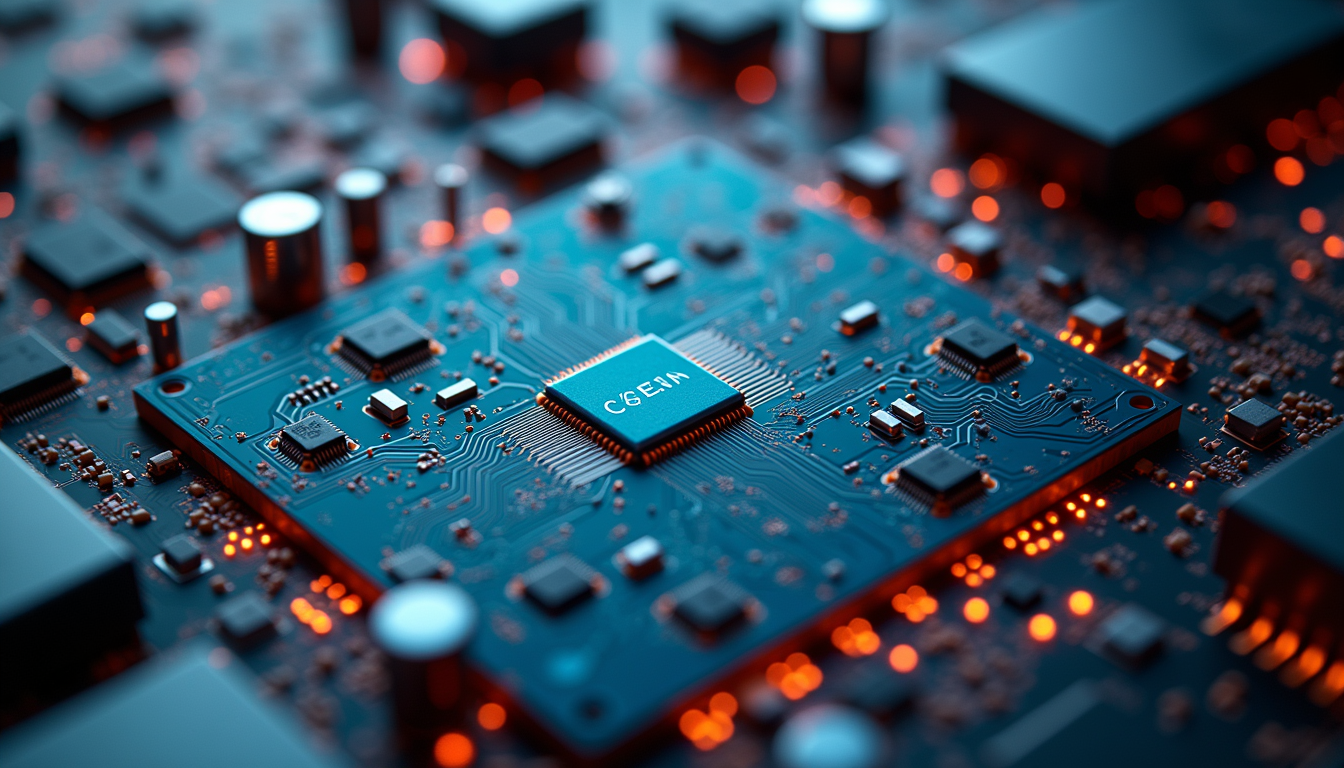Graphene, a single layer of carbon atoms arranged in a two-dimensional honeycomb lattice, has captured the attention of researchers due to its impressive electrical, thermal, and mechanical qualities. Recently, scientists made a groundbreaking discovery by pushing electrons within graphene to supersonic speeds, creating striking shockwaves. This exciting development not only deepens our understanding of electron behavior but also opens doors to new technological advancements in electronics and materials science.
Understanding Graphene and Its Unique Properties
Graphene is often called a "wonder material" because of its exceptional features. It is remarkably strong, ultra-lightweight, and an excellent conductor of electricity. For instance, graphene is 200 times stronger than steel and has the highest electrical conductivity of any known material. These attributes make it ideal for various applications, such as flexible electronics, high-capacity batteries, and advanced sensors. Despite these advantages, controlling the flow of electrons within graphene has posed a complex challenge.
Researchers have sought to manage electron flow in materials effectively, aiming for a smooth, fluid-like behavior where electrons can move freely. Achieving this is essential for creating faster and more efficient electronic devices. The recent breakthrough in accelerating electrons to supersonic speeds marks a significant step in this quest.
The Mechanism Behind Supersonic Electrons
In their research, the team applied a strong electric field to a graphene sample, which significantly accelerated the electrons. These electrons reached speeds exceeding the sound barrier within the material, creating shockwaves similar to sonic booms produced by jet aircraft.
Creating shockwaves within graphene is not merely a captivating effect; it holds practical significance. These shockwaves provide novel ways to manage electron flow, potentially leading to the design of faster and more efficient electronic devices. For example, one study indicated that high-speed graphene transistors could operate at speeds up to 100 GHz, which is three times faster than traditional silicon transistors.
Implications for Electronics and Technology
The discovery of supersonic electrons in graphene could transform the electronics landscape. Traditional semiconductor materials have inherent speed and efficiency limitations, but graphene's unique properties pave the way for devices that function at much higher speeds. This could revolutionize several technologies, including:
-
Faster Transistors: Utilizing graphene's capacity for supersonic electron flow could lead to transistors that switch on and off much faster than current silicon-based types. For example, moving from silicon to graphene can increase efficiency by 10-20%, resulting in reduced power consumption and heat generation.
-
Improved Sensors: The shockwaves produced by supersonic electrons could enhance the sensitivity and response time of sensors. This improvement could impact applications ranging from environmental monitoring, where precise data is crucial, to medical diagnostics, enabling quicker and more accurate testing results.
-
Next-Generation Communication Systems: Faster electron flow can facilitate more efficient data transmission. This development could pave the way for advanced communication systems capable of processing larger data volumes at higher speeds. A faster internet, with speeds exceeding 10 Gbps, could become a reality through these innovations.
Challenges and Future Research Directions
Although the discovery of supersonic electrons in graphene is promising, challenges remain. Researchers need to examine the stability of these shockwaves and how to harness them for practical use. Furthermore, scaling up the production of high-quality graphene continues to be a significant obstacle.
Future research will likely focus on understanding the fundamental physics of these shockwaves and finding ways to apply this knowledge in real-world scenarios. Collaborations among physicists, materials scientists, and engineers will be crucial for unlocking the potential of supersonic electrons in graphene.
The Future of Electron Dynamics
Pushing electrons within graphene to supersonic speeds and creating shockwaves is a major breakthrough in materials science and electronics. This discovery enhances our understanding of electron dynamics and opens up exciting pathways for developing faster, more efficient electronic devices. As research continues to explore the implications of this advancement, we may be on the brink of a new technological era driven by the remarkable properties of graphene.
The journey to comprehend and utilize supersonic electrons in graphene is just beginning. With continuous research and collaboration, the future looks promising for innovations that could transform various industries and improve our daily lives. Embracing this new frontier, the applications of graphene and its supersonic electrons are limited only by our creativity.





